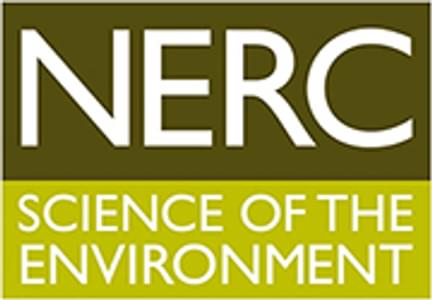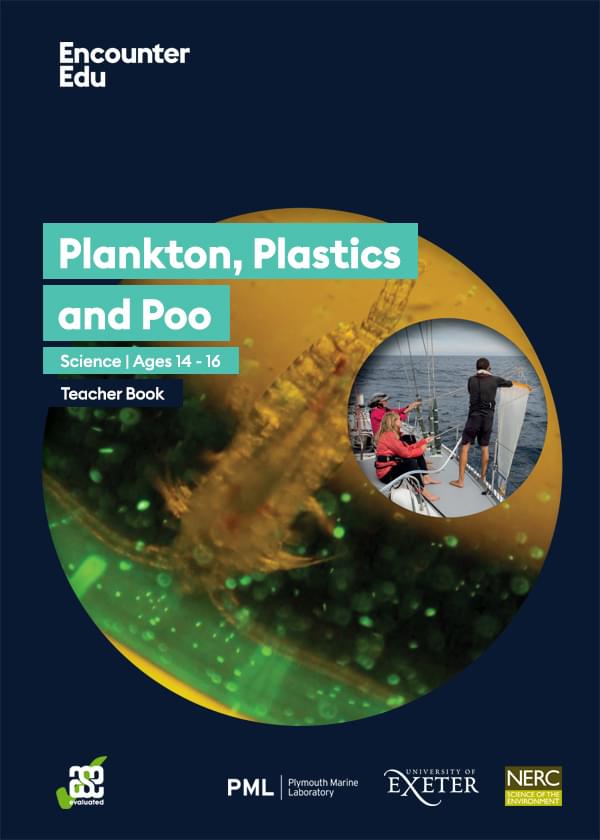What happens in a microplastics laboratory?
The second stage of the research into the impact of plastics on plankton is based in the laboratory. Here, the research team will look at whether the particles they collected from the sea are actually plastic or some other material.
The team are also testing the hypothesis, ‘zooplankton eat microplastics’. To do this researchers fed copepods solutions of algae and microplastics. The plastics are dyed to make them easier to see under a microscope when they are still in the digestive tracts of the copepods.
Brought to you by

